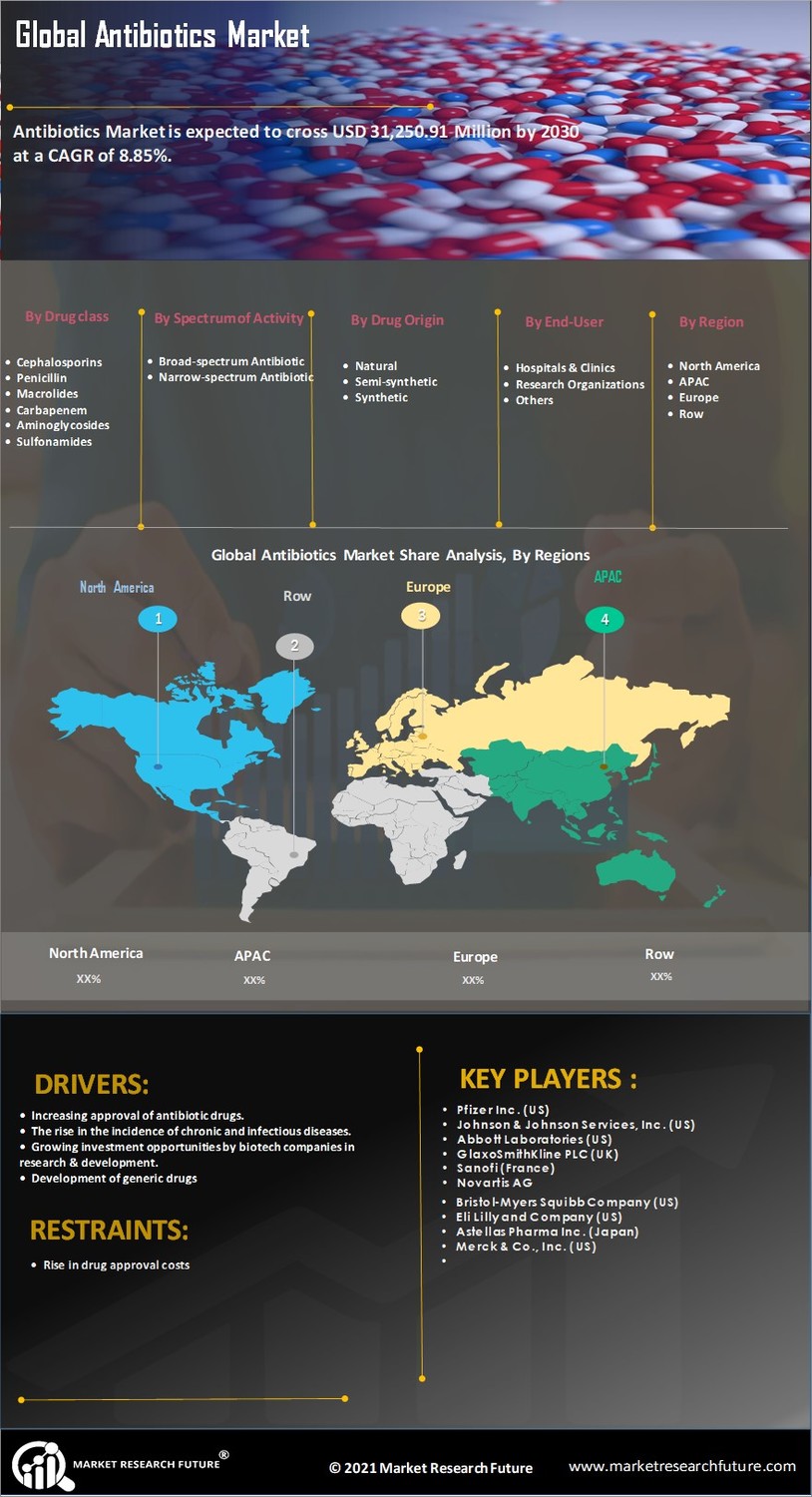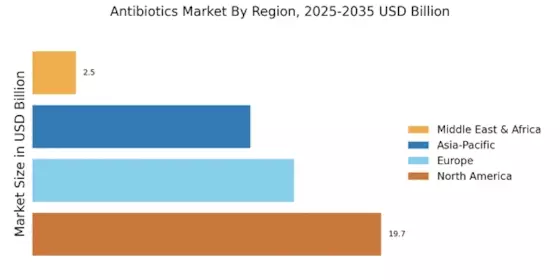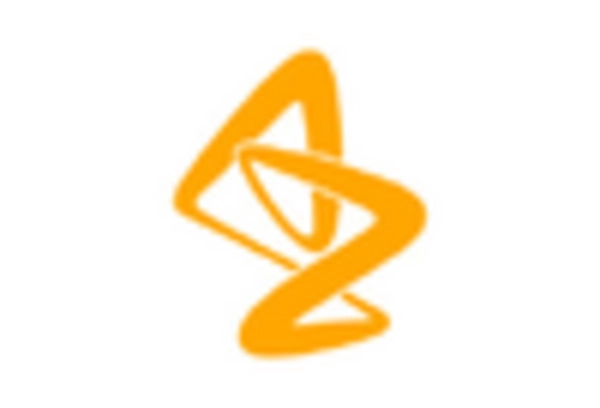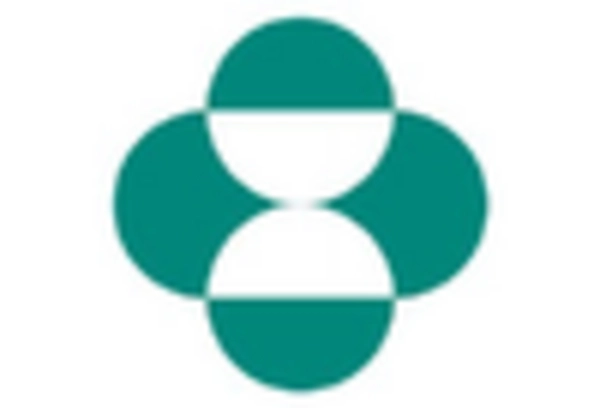The Antibiotics Market is characterized by rapid evolution and intense competition, driven by the rising prevalence of infectious diseases and the growing demand for effective treatment options.
This market is influenced by several factors including regulatory frameworks, advancements in technology, and the increasing emphasis on novel drug development.
The competitive landscape is shaped by the presence of various pharmaceutical firms, each striving to enhance their product offerings and expand their market reach.
Key competitive strategies include investment in research and development, strategic partnerships, and mergers and acquisitions aimed at bolstering product pipelines. Understanding these dynamics is essential for stakeholders aiming to navigate this complex market environment effectively.
Novartis stands as a prominent player in the Antibiotics Market, leveraging its robust research pipeline and established reputation for quality in pharmaceutical products.
The company's extensive experience in the biosimilar space complements its traditional antibiotic offerings, allowing it to address the growing concerns around antibiotic resistance.
Novartis is known for its commitment to innovation, with continuous investments in discovering and developing new antibiotic therapies.
The company's global presence is also a significant advantage, as it provides access to various markets and facilitates collaborations with healthcare providers and academic institutions.
Additionally, Novartis' efficient supply chain operations contribute to its ability to deliver products swiftly and effectively, further solidifying its position in the market.
Merck is another influential entity in the Antibiotics Market, recognized for its comprehensive portfolio of antimicrobial agents and commitment to antibiotic stewardship.
The company's key products include a range of well-known antibiotics that play crucial roles in treating bacterial infections, thereby enhancing its importance in the global healthcare landscape.
Merck maintains a strong market presence due to its strategic approach to research and development, consistently focusing on innovative therapies to combat resistant strains of bacteria.
Its strengths are further amplified by its history of successful mergers and acquisitions, which have expanded its capabilities and product offerings.
By fostering partnerships with healthcare organizations and investing in new technologies, Merck aims to improve patient outcomes and reinforce its leadership in the global antibiotics sector.
The company's focus on sustainability and responsible antibiotic use also aligns with global initiatives to combat antimicrobial resistance, making it a key player in addressing one of the most pressing healthcare challenges today.


















Leave a Comment